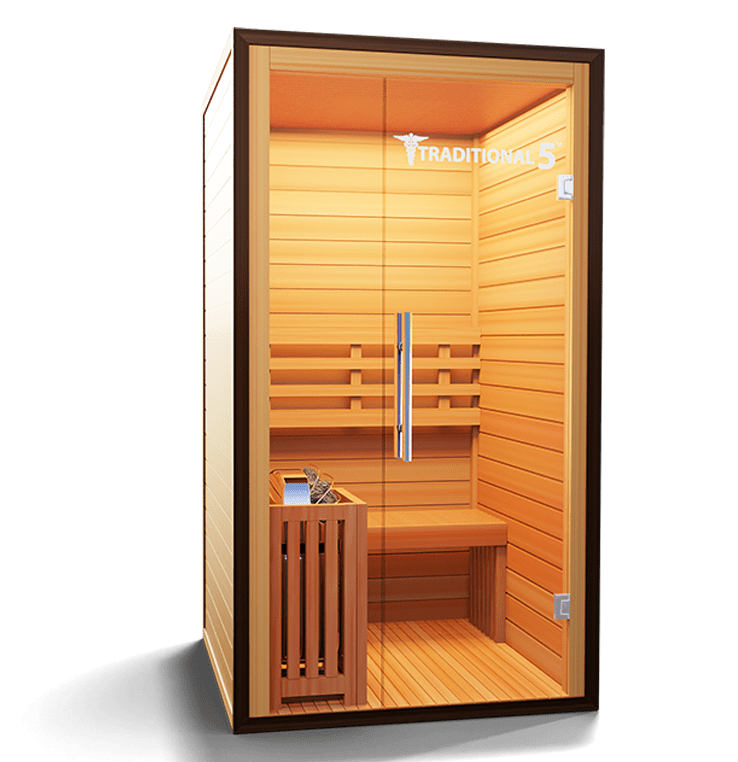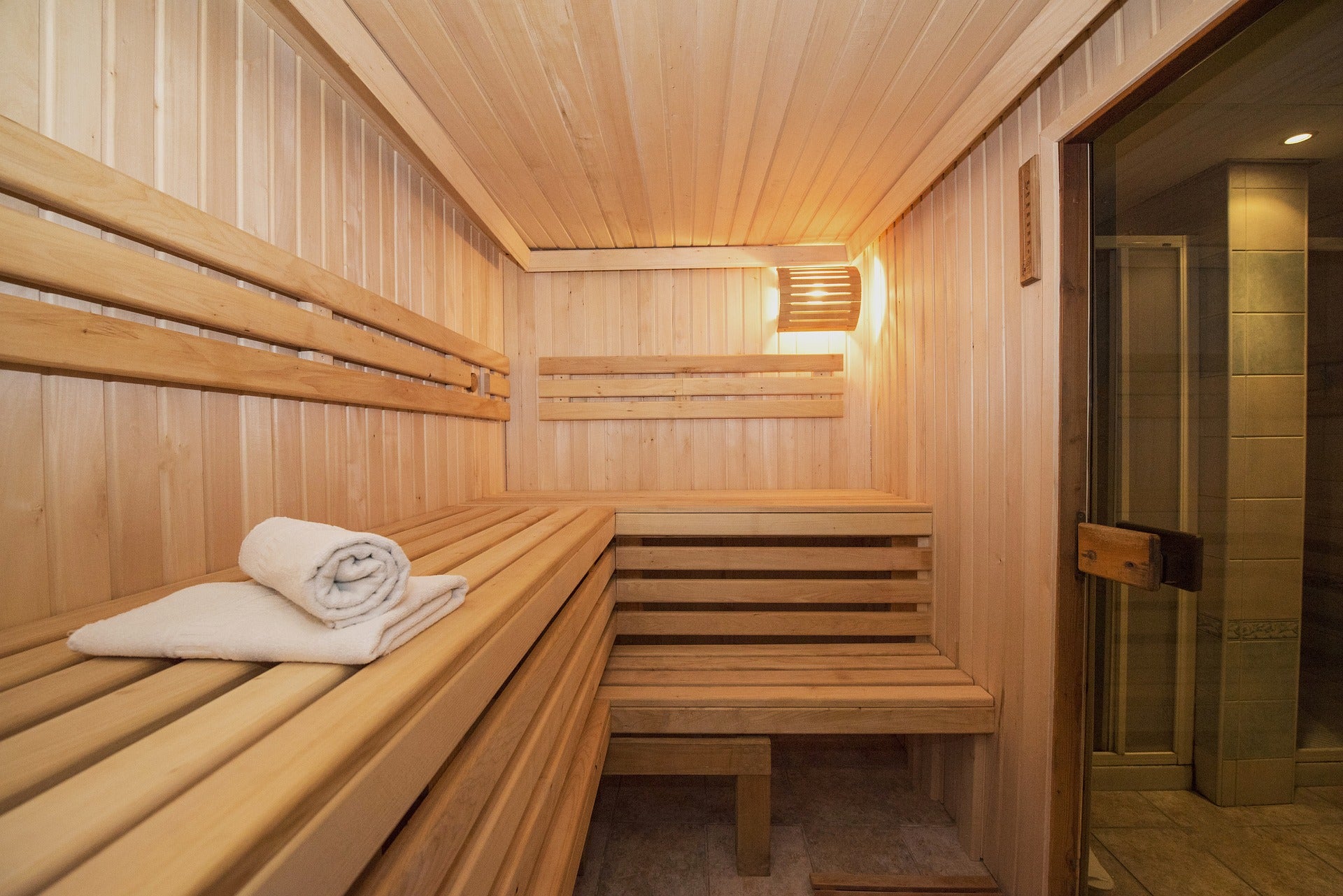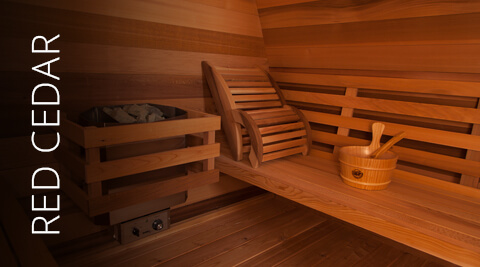Traditional Sauna Things To Know Before You Buy
Traditional Sauna Things To Know Before You Buy
Blog Article
The Buzz on Traditional Sauna
Table of ContentsEverything about Traditional SaunaAn Unbiased View of Traditional SaunaSome Of Traditional SaunaIndicators on Traditional Sauna You Need To KnowThe Definitive Guide to Traditional Sauna
Power cost savings is something to think about for people who intend on using their sauna regularly. For a typical sauna, bathers normally require to wait on 30-40 mins for the room to preheat prior to getting in. Infrared saunas, on the other hand, generally reach their suitable temperature level in around 15 mins.That indicates that in an infrared sauna, bathers can start appreciating their sauna promptly. One distinction between the two kinds of sauna that is commonly forgotten is the social experience.
Consider just how many individuals will be using the sauna before making your decision. Including a sauna to your home can be among the most exciting and satisfying decisions you'll ever make. Normal sauna use will certainly improve your flow, keep much healthier skin, support kidney function, reduce high blood pressure, improve mind function, and much a lot more
Attempt a sauna today and uncover a few of the remarkable benefits on your own!.
6 Simple Techniques For Traditional Sauna
Infrared and conventional dry saunas are both popular choices for those looking for relaxation and therapeutic advantages. Nevertheless, there are some vital distinctions between both kinds of saunas that need to be taken into consideration before making a selection. Traditional Sauna. Typical dry saunas utilize heated rocks to generate steam, while infrared saunas use infrared heating systems to straight heat up the body
Aspects such as warm tolerance, preferred degree of detoxing, and general wellness should be considered when making a decision which kind of sauna to use. Infrared saunas are a type of sauna that make use of infrared light to heat up the body straight, instead than heating the air around the body like standard saunas.
The temperature in an infrared sauna is normally less than in a standard sauna, with temperature levels ranging from 120F to 150F. Infrared saunas use a range of advantages that make them an attractive option for those seeking to improve their health and wellness. Several of the benefits of infrared saunas include: Infrared saunas use lower temperature levels than standard saunas, which can make them a lot more comfortable for those who find high temperatures challenging to endure.

Infrared saunas have been shown to help the body remove contaminants via sweating. Sweating can likewise aid to boost skin health and wellness by getting rid of pollutants and dead skin cells.
Traditional Sauna for Dummies

With their reduced temperatures, deep infiltration, and variety of wellness benefits, infrared saunas are a wonderful method to relax, unwind, and boost your overall health. Standard dry saunas have actually been around for centuries and are still prominent today. They are generally heated up with timber, gas, or power and have low humidity degrees.
There are numerous advantages to making use of a traditional dry sauna. Below are a couple of: Leisure: The high temperature level and reduced humidity in traditional dry saunas can aid loosen up the muscle mass and decrease anxiety levels. Detoxification: Sweating in a sauna can help eliminate contaminants from the body, which can improve general health.
The 3-Minute Rule for Traditional Sauna
When it concerns saunas, there are 2 main kinds of home heating techniques: traditional and infrared. Typical saunas use warmed air to warm up the body, while infrared saunas utilize infrared radiation to pass through the skin and heat the body from within. One of the primary differences in between both methods click is the type of warm they produce.
Because infrared radiation passes through the skin extra deeply, it can produce a comparable sweat feedback at reduced temperatures. An additional distinction is the means the heat is distributed. Typical saunas heat up the air, which then heats up the body through convection. Infrared saunas, on the other hand, heat the body directly via radiation.
In terms of energy efficiency, infrared saunas are normally more reliable than traditional saunas due to the fact that they call for much less power to operate. They additionally warm up faster, so they can be used for much shorter sessions. When it involves the effects on the body, both kinds of saunas have actually been revealed to have benefits.

Getting The Traditional Sauna To Work
Both sorts of saunas offer special advantages and downsides that should be thought about before choosing. The option between an infrared sauna and Homepage a standard completely dry sauna largely relies on individual preference and the wanted advantages. Those who prefer a more comfortable, reduced temperature atmosphere may prefer an infrared sauna, while those that are searching for intense warmth and a conventional sauna experience may prefer a traditional dry sauna.

Report this page